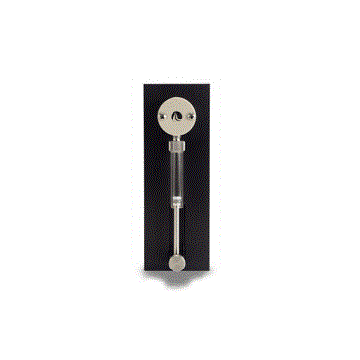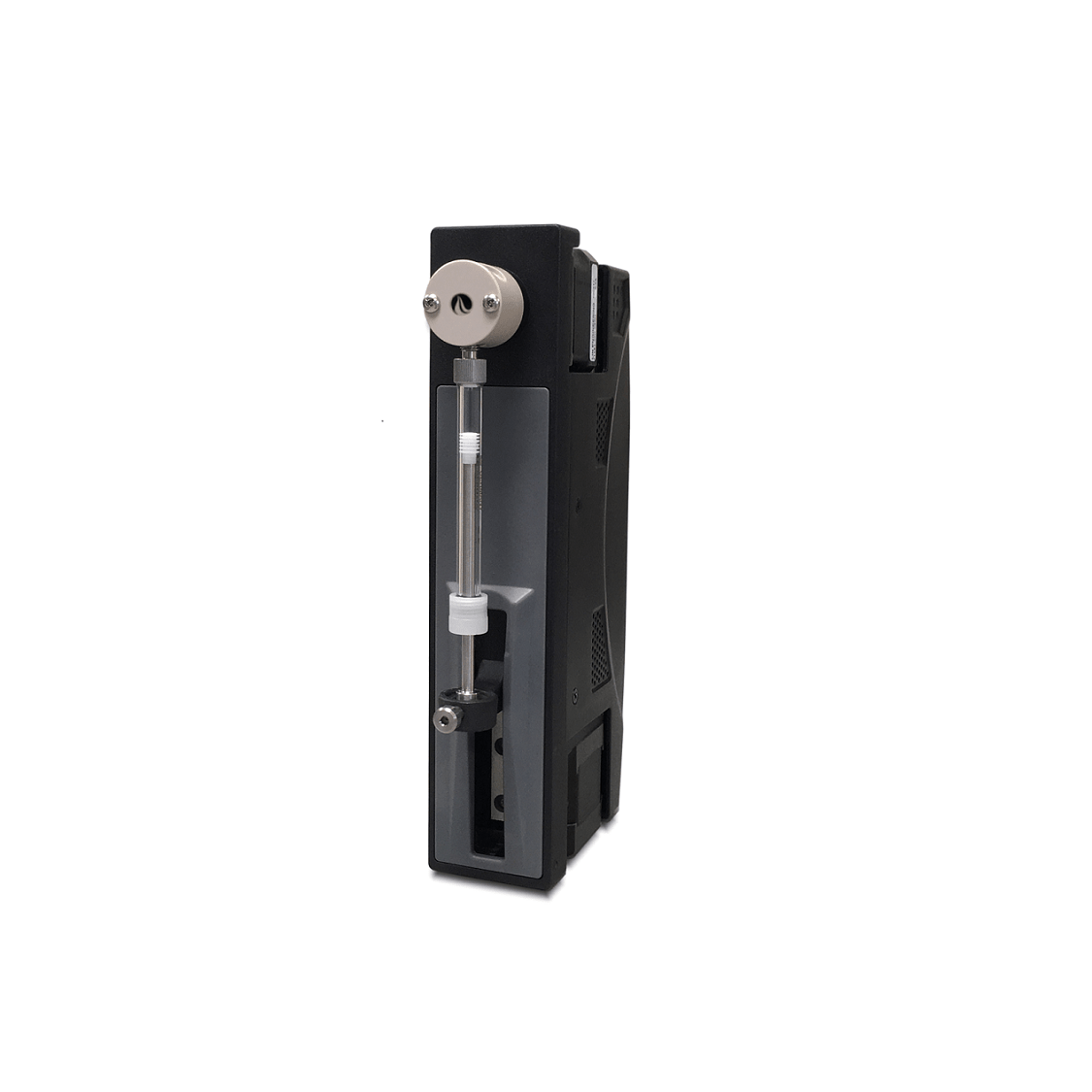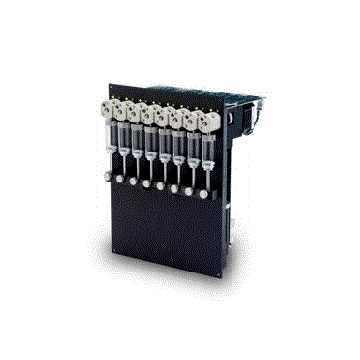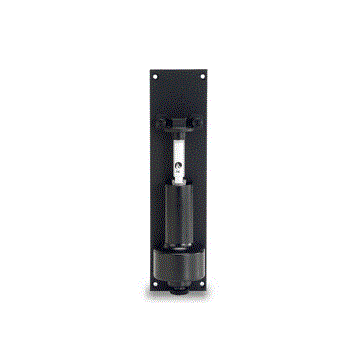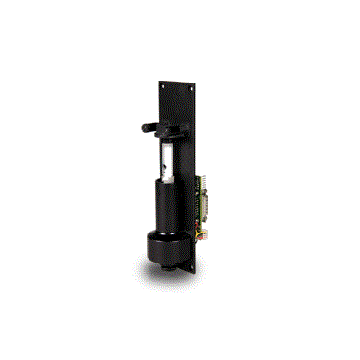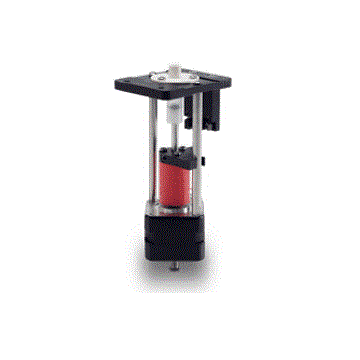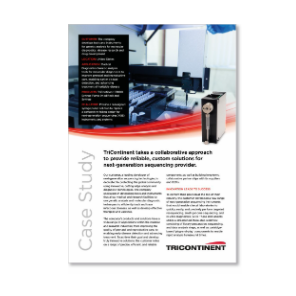TriContinent High Quality Rotary Shear Valves
We offer Rotary Shear Valves that are well-known in the industry for their unsurpassed long lifetime and reliability. By using our rotary valves, your instrument will benefit from longer up-time, lower service costs, and increased customer satisfaction.
How Do Syringe Pumps Work?
Our syringe pump liquid handling module can accomplish many aspiration and dispensing operations. The stepper motor-driven syringe pump accurately and precisely handles fluids using various volumes. These syringe volumes range from a few microliters to 12.5 milliliters. The syringe drive arm can be easily back driven in our C3000 or CX6000, making syringe installation or replacement extremely quick and easy.
TriContinent’s syringe pumps work by filling a syringe with fluid and emptying the syringe through an alternate flow path. The syringe pump consists of three components: a syringe, a drive mechanism and a rotary shear valve. The simplest configuration of a pump is a 3-port valve where one port is connected with the syringe. In this configuration, one of the other ports acts as the inlet and the third port serves as the outlet port.
What does the workflow look like?
1. The plunger moves up and the syringe is emptied – the system is now at its starting point.
2. The valve switches to the inlet position.
3. The plunger moves down and the syringe is filled with medium (aspiration).
4. Then the valve switches to the outlet position
5. The plunger moves up and the syringe dispenses the desired volumes The process repeats until the syringe is completely empty. Once done, the syringe pump can start aspiration of the new medium.
![]() Global (EN)
Global (EN)
